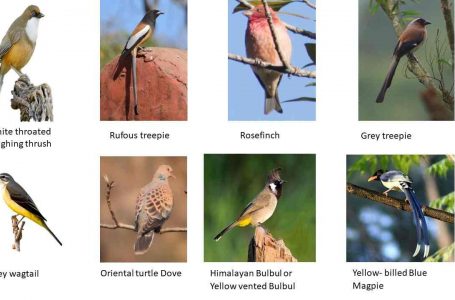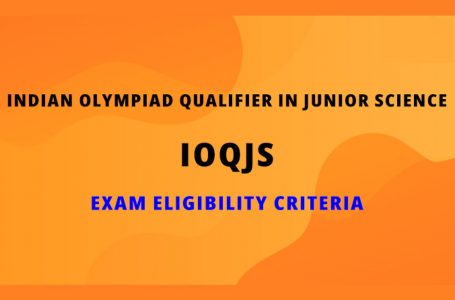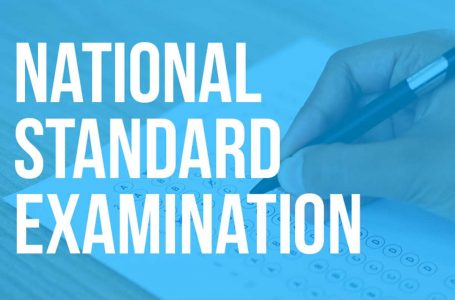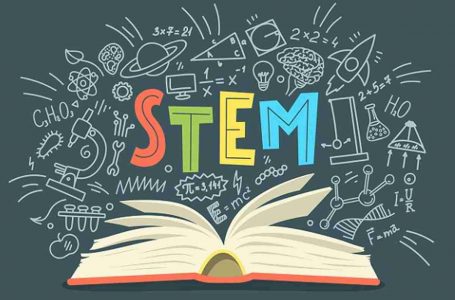Election System in India – Features and Process
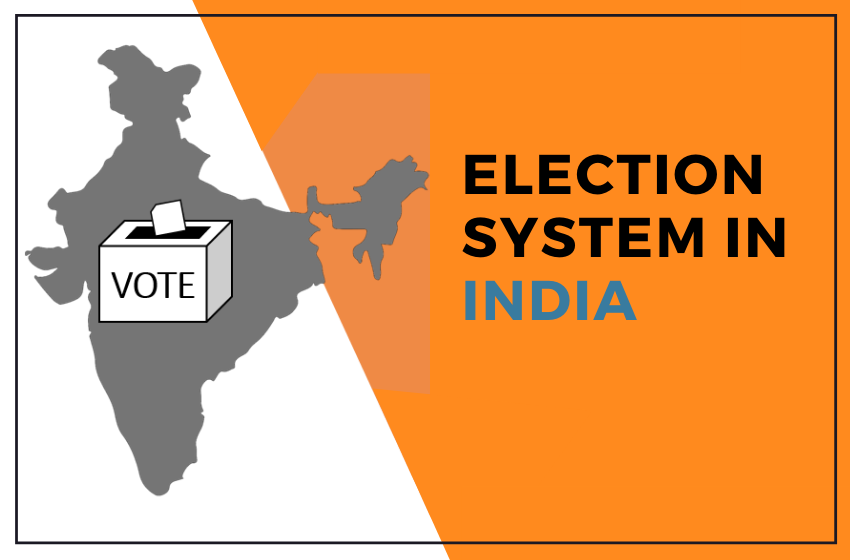
India is a sovereign, socialist, secular, democratic republic. Democracy works like a golden thread in the economic, social, and political fabric woven by the Constitution provided by ‘We, the People of India’ to ourselves. The idea of democracy as reflected by the Constitution assumes the representation of the people in Parliament and State legislatures by the method of election. The Supreme Court has operated that democracy is one of the basic features of the Constitution of India and forms part of its basic structure. The Constitution of India used a parliamentary form of government. Parliament of India consists of the President of India and the two Houses — Rajya Sabha and Lok Sabha. India, holding a Union of states, has separate state legislatures for each state. State legislatures contain the Governor and two Houses i.e. Legislative Council and Legislative Assembly in seven states, i.e, Andhra Pradesh, Bihar, Maharashtra, Jammu & Kashmir, Karnataka, Telangana, and Uttar Pradesh, and of the Governor and the state Legislative Assembly in the spare 22 states. Apart from the above, two out of the seven Union Territories, specifically, the National Capital Territory of Delhi and Puducherry, also have their Legislative Assemblies.
Table of Contents
Governance level in India
There are three levels of government in India- the central government, the state government, and the local bodies (Municipal corporations and panchayats). The powers are allocated among these three levels of the government to efficiently manage the administration of the country.
Central government- Central government is responsible for national environmental policy led to providing sustainable economic development and the health and safety of people by maintaining and enhancing the quality of the environment.
State Government- State governments in India are the governments controlling over 28 states and 8 union territories of India. The state government is responsible for internal security (through state police) and other state issues. There is a legislative Assembly in every state (Vidhan Sabha). It is unicameral.
Local Government- Local government deals with the range of vital services for people and businesses in defined areas. Among them are familiar functions such as schools, housing, social care, and planning, and waste collection, but also lesser-known ones such as licensing, registrar services, business support, and pest control
Description about all three government types
1. Legislative Branch
The federal legislative branch has a bicameral Parliament. It is divided into two houses:
- The Council of States
- The House of the People
The Council of States, recognized as the Rajya Sabha, has a constitutional limit of 250 members. The President may appoint 12 members for their expertise in science, art, social sciences, or literature. The remaining members are selected by the legislative bodies at the state and territory levels of government. The Council of States may work for multiple, yet non-consecutive, 6-year terms, and every two years, 33% of the members retire.
The House of the People, known as the Lok Sabha, is recognized as the lower house of Parliament and has a constitutional limit of 552 members. The President may elect two of these members from the Anglo-Indian community if it is determined that this population is not represented in this legislative body. Other reserved seats hold: 84 for representatives of the Scheduled Castes and 47 for representatives of the Scheduled Tribes, both are groups of historically disadvantaged indigenous populations. Representation in the House of the People is further defined by state and territory population size and general election results.
Although the legislative branch is liable for passing new laws and regulations, its work must be reviewed and approved by the judicial branch before it may become law. The legislative branch has some authority over the executive branch of government.
2. Executive Branch
The executive branch is liable for the daily management of government activities. This branch is made up of the Council of Ministers, who are elected by Parliament, the President of the country, and the Prime Minister.
The President leads the Council with guidance from the Prime Minister and appoints several seats, including state Governors, Attorney General, Chief Justice of the Supreme Court, Chief Election Commissioner, and the Cabinet Secretary. Legally, the President also serves as Commander-in-Chief over the military.
The Prime Minister works as the Chief of Government, leader of the political party with majority representation in Parliament, an advisor to the President, and the head of the Council of Ministers. This position also has the power to remove Ministers and propose new legislation to Parliament.
3. Judicial Branch
The judicial branch of government is related to that found in other European countries as it has retained many features from the British colonial era. This branch operates independently of the executive and legislative branches. It holds the Supreme Court of India, the High Courts at the state level, and the District and Sessions Courts at the local level. The leaders of the Supreme Court are elected by the President, these positions include the Chief Justice and 30 associate judges, who are suggested by the Chief Justice of India.
Election Process
The election process begins with the issue of notification for the Parliamentary Constituencies and Assembly Constituencies. As per legal requirements, a period of seven days is given for the filing of nominations after the notification is announced. The analysis of the nominations is carried out on the day following the last date for nominations. Thereafter, two days are given for the withdrawal of nominations and the final list of candidates is prepared after the withdrawal. The campaign period is normally 14 days or more, and the campaign comes to an end 48 hours before the close of the polls in the respective constituencies.
A. When do elections take place?
Elections for the Lok Sabha and every State Legislative Assembly have to conduct every five years unless called earlier. The President can run Lok Sabha and call a general election before five years are up, if the government can no longer control the confidence of the Lok Sabha, and if there is no alternative government ready to take over. General elections to the Lok Sabha took place in 1952, 1957, 1962, 1967, 1971, 1977, 1984, 1989, 1991, 1996, 1997, 1998, 1999, 2004, 2009 and 2014. Holding of regular elections can only be deferred using a constitutional amendment and in consultation with the Election Commission, and it is recognized that interruptions of regular elections are acceptable only in extraordinary circumstances. When the five-year limit is up, or the legislature has been terminated and new elections have been called, the Election Commission puts into impact the process for holding an election.
B. Political Parties and Elections
Political parties are an entrenched part of modern democracy, and the conduct of elections in India is largely reliant on the performance of political parties. Although many candidates for Indian elections are independent, the winning candidates for Lok Sabha and Vidhan Sabha elections usually stand as members of political parties, and estimation polls imply that people tend to vote for a party rather than an individual candidate. Organizational assistance is offered to candidates by Parties. By giving a wider election campaign, looking at the record of government and putting forward alternative proposals for government, help voters choose how the government is run.
C. Nomination of Candidates
Candidates are given a week to put ahead of their nominations. These are examined by the Returning Officers and if not found to be in order can be expelled after a brief hearing. Validly nominated candidates can withdraw in two days after nominations have been examined.
Duration
In every five years- Election Commission of India organizes selection to form a new government in a nation (Central, State and Local).
Campaign
During elections, all recognized National and State parties have been given free access to the state-owned electronic media like AIR and Doordarshan for their campaigns by Election Commission. The total free time allotted stretches over 122 hours on the state-owned television and radio channels. This is allocated equitably by connecting a base limit and added time linked to poll performance of the party at the last general election to the House concerned.
The campaign is the period when the political parties and candidates put forward their thoughts with which they desire to convince people to vote for them.
The official campaign lasts for above two weeks from the illustration up of the list of nominated candidates and officially ends 48 hours before polling closes. Once an election has been called, parties issue declarations detailing the programs they wish to perform if elected to government, the powers of their leaders, and the failures of disputing parties and their leaders.
Slogans are used to generalize and identify parties and issues, and brochures and flyers circulated to the voters. Rallies and meetings where the candidates try to convince, influence and enthuse followers, and denigrate opponents, are held throughout the constituencies.
Personal appeals and promises of reformation are made, with candidates travelling the length and breadth of the constituency to try to influence as many inherent supporters as possible.
Voting System
Voting is done secretly. Usually, public institutions like schools and community halls are set up as polling stations. The Election Commission makes all endeavors to assure that a voter need not travel more than 2 km to reach the polling station. On the day of the election, each polling station is open for at least 8 hours. On entering the polling station, the elector is checked against the Electoral Roll and the ID proof is verified, and on the left forefinger lasting ink is applied after that a voter slip is issued to the voter to cast his or her vote by activating the ballot button in the control unit by the supervising officer.
A. Who can vote?
The democratic system in India is dependent upon the principle of the universal adult vote that any citizen over the age of 18 can vote in an election (before 1989 the age limit was 21). The right to vote is irrespective of religion, caste, creed, or gender. Those who are deemed unsound of mind and people convicted of certain criminal offenses are not allowed to vote. There has been a general increase in the number of people voting in the Indian election. In 1996, 57.4% of the electorate voted. This grew to 66 % in the General Election held in 2014. Women voted in good numbers and nearly in equal proportion as men.
B. Counting of votes
After the polling has completed, the votes cast in the EVM are counted under the surveillance of Returning Officers and Observers appointed by the Election Commission. After the counting of votes is over, the Returning Officer announces the name of the candidate to whom the largest number of votes have been given as the winner, and as having been rendered by the constituency to the concerned house.
Code of Conduct
Throughout the election campaign the political parties and contesting candidates are presumed to endure by a Code of Conduct developed by the Election Commission based on a consent among political parties. The Model Code lays down comprehensive guidelines as to how the political parties and candidates should manage themselves during the election campaign. It is expected to maintain the election campaign on fine lines, avoid arguments and conflicts between political parties or their supporters and to assure peace and order during the campaign period and following, until the results are declared. The Model Code also orders guidelines for the ruling party either at the Centre or in the State to assure that a level field is secured and that no cause is given for any objection that the ruling party has used its official status for its election campaign.
Result
Under the guidance of election officers, the counting of votes is held and the name of the candidate is revealed, who gains the highest number of votes, and is named as the winner. A certificate of winning is distributed to the winning candidate from the election commission.
